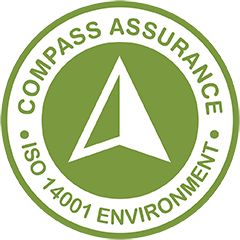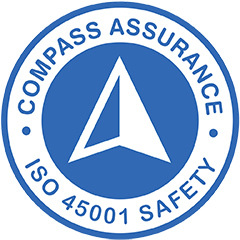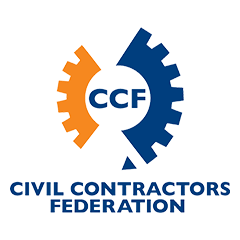Founded in 2005, Non Destructive Excavations Australia (NDEA) is a subterranean safety specialist that introduced non-destructive excavation to Sydney which has now become the industry standard.
NDEA has grown NDEA from just one vehicle to a fleet of 9 trucks, and seen it provide other related services such as providing backfill services, locating and sawcutting.
The NDEA process combines high-pressure water and a high-flow vacuum, allowing for quick, clean and precise excavations, exposing essential underground utilities such as gas mains, water pipes, electrical conduits, optical fibres and any other buried assets. Importantly, the last stage of the process is an EPA approved cartage of the slurry waste to an EPA approved waste facility.
NDEA’s service area includes projects within the Greater Sydney Region, from Newcastle in the North, to Wollongong in the South and out to Lithgow in the West.
NDEA works on some of NSW’s largest projects including the Sydney Metro project, NorthConnex, WestConnex and RMS Road upgrades, as well as for civil contractors including Abergeldie Complex Infrastructure, Talis Civil, Ward Civil and Western Earthmoving.
NDEA has a highly skilled experienced and professional team of workers who have the know how and experience to get your job completed on time and safely.
What is Hydro Excavation ?
With the growing complexity in mechanical digging methods, as well as other semi-automatic or manual drilling and digging equipment, this has lead to the increasing awareness and adoption of hydro excavations across the globe. It’s the process of removing or moving soil with pressurised water, a vacuum is then used to transfer the soil/debris to a holding tank allowing a non-destructive and more accurate way to excavate soil and locate essential utilities buried underground which is eco-friendly, non-mechanical as well as a cost effective process.
How does Hydro Excavation Work ?
-
- Hydro excavation equipment combines high-pressure water and the strength of the air vacuum allowing the system to cut through soil/debris whilst simultaneously breaking it up. The vacuum then sucks up the soil/slurry from the excavation area and transfers it into a debris tank.
- All Hydro excavation equipment needs a vacuum source of which there are two choices, a fan system or a positive displacement blower.
- A fan system is able to move air in large volumes, allowing for faster excavations. as well as being easier to both control and operate. It is usually lighter and less expensive than the positive displacement blowers.
- A displacement blower is able to move air for longer distances than the fan system and excavations can be carried out at greater depths but at a slower rate. Most hydro excavation applications can be done more effectively using the fan system.
Hydro Excavation Applications:
Underground facilities and subsurface utilities are almost always needed for construction projects and laying these utilities is not easy job and can involve some risks. The implementaion of hydro excavation has considerably reduced the risks and it can now be used for several excavation applications.
-
- It allows for line, sign and pole installation and location as well as being used for potholing or daylighting allowing for less congestion and traffic in the excavation area because the equipment can be positioned at a distance.
- Pipe and sewer rehabilitation: The hydro excavation method reduces risks for any damages to/or punctures in the pipes eliminating any additional time and any costs that these repairs require.
- Landscaping: More accurate excavation can be completed so that surrounding soil stays compact and strong whilst the necessary removal is completed.
Hydro Excavation Benefits:
-
- It is now the preferred method of non destructive digging because of its efficient and accurate results.
- it provides for better damage and safety control when compared with the older mechanical methods. Because it is more accurate, it limits accidents and injuries for the workforce.
- It avoids damage to essential underground utilities such as pipes, lines and cables which eliminates the high costs involved in repairs and restoration. With fewer repairs required, it saves both time and the inconvenience of interrupted utilities whist minimising damages.
- There are also some long term benefits with the safety risks and repairs lessened, this reduces insurance and liability costs.






